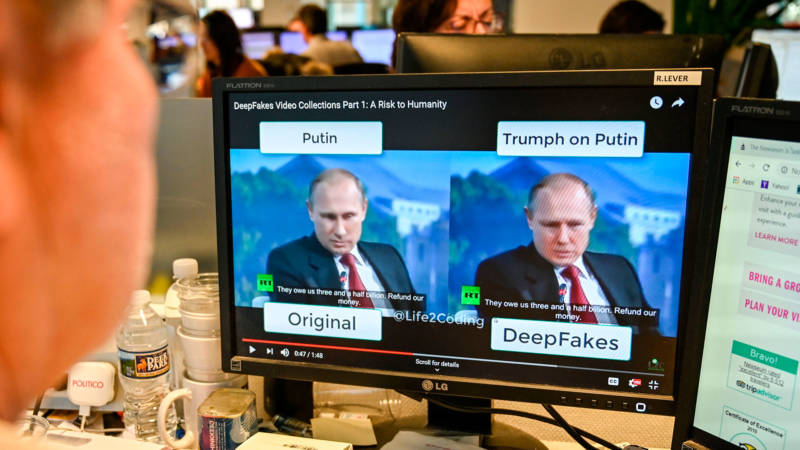Image-doctoring is nothing new: Joseph Stalin ordered his enemies airbrushed out of official photos and Cuba altered images of Fidel Castro to remove his hearing aid. But national security experts are worried about a new frontier in manipulated content: deepfakes. Deceptively realistic, deep fakes are AI-generated videos that use techniques like faceswaps, lip synchs, and even “digital puppeteers” to show people saying things they never said or doing things they never did. We’ll talk about how to spot deepfakes and the potential threats they pose to democratic institutions.
